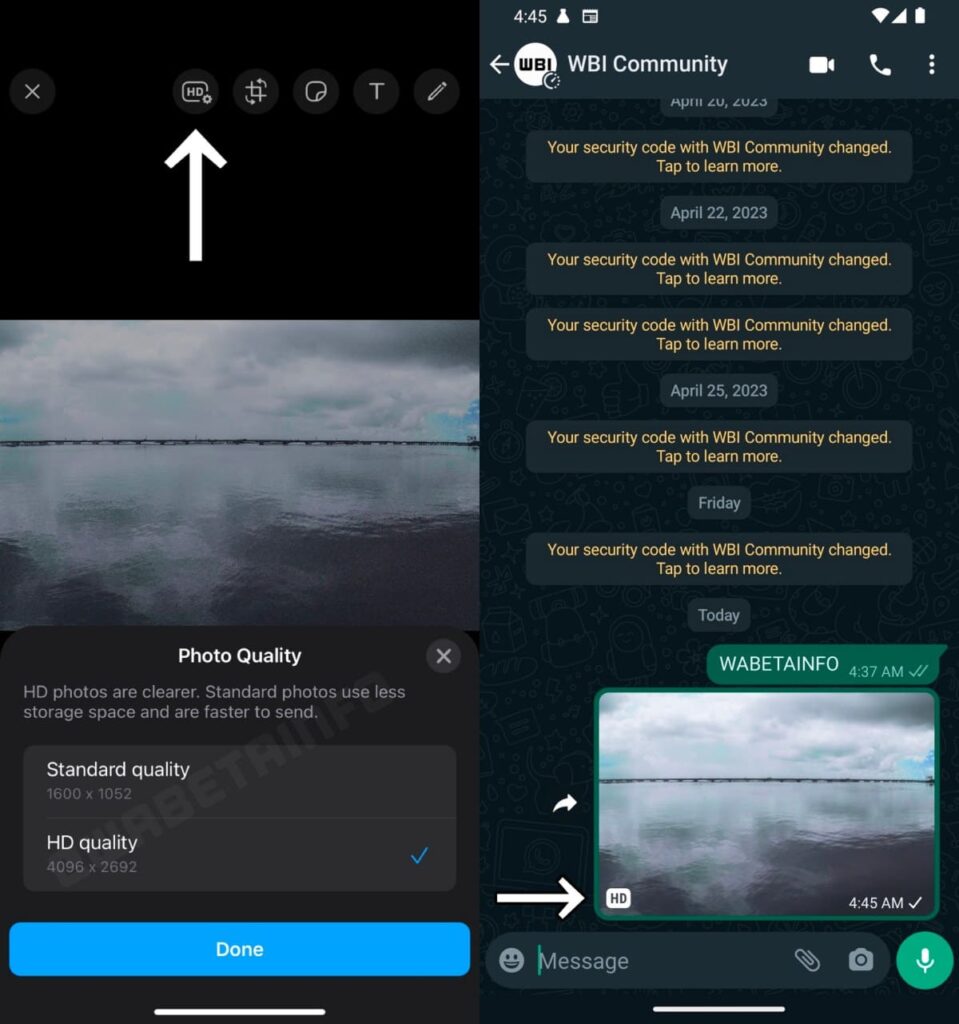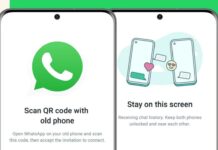By default, WhatsApp shares a compressed version of any image, which can affect the quality of the pictures sent to recipients via the app. Tutorial: How to Send High-Quality Photos on WhatsApp
WhatsApp Is Rolling Out A Feature To Send ‘HD Quality’ Photos
According to a new report from WhatsApp feature tracker WABetaInfo, the upcoming feature will allow users to send a higher-quality image instead of a compressed one. Currently, this new feature is available for testing on the latest WhatsApp beta for iOS 23.11.0.76 and Android beta version 2.23.12.13.
How Does The Feature Work?
As shown in the screenshot above, users will be able to choose whether they want to send a high-resolution image or a standard-resolution image to another WhatsApp user. However, they will get the option to send HD-quality images only while sending large-sized photos from the messaging app. If the image’s resolution is higher than the one supported on WhatsApp, the app will apply light compression to the picture before sending it to the recipient. This means the photos will not be sent in their original quality because the WhatsApp feature only preserves the image’s dimensions. In addition, the default option is always “Standard quality” for any photo, meaning you will need to select the HD option whenever you want to share a new image with improved quality. The report also mentioned that when a user sends a photo by choosing the “high quality” option, it will be marked as a high-quality photo and an “HD” tag will be automatically added at the bottom of the picture to highlight the same. This will help the recipient understand when a photo is sent by using this feature, the report added. The new feature is limited only to HD images shared within individual conversations and not HD-resolution videos. This means beta users can send a better-quality video only if they send it as a document. This feature is also unavailable when sharing photos using status updates. The ability to send HD photos is currently available to select beta testers on Android and iOS platforms. We expect the new feature to roll out to more users in the coming weeks.



